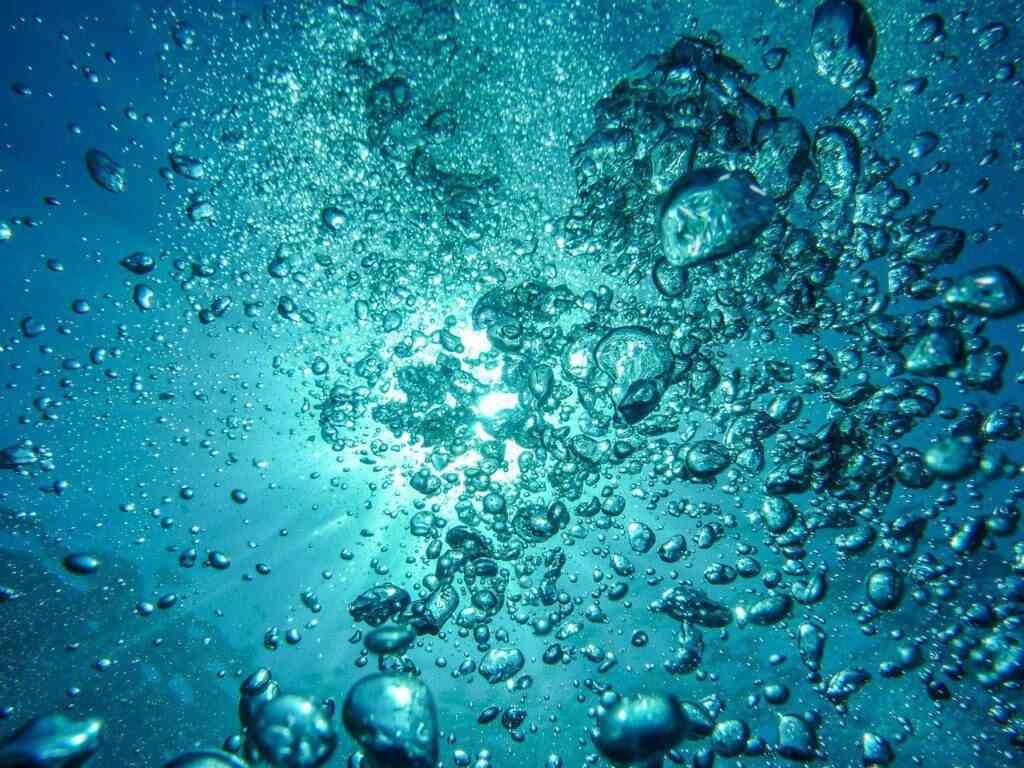Aquaculture has emerged as a sustainable solution to meet the growing global demand for protein. By raising freshwater and marine species such as fish, crustaceans and mollusks, aquaculture offers a promising path to ensuring food security. However, the success of any aquaculture venture heavily relies on meticulous management of water quality, particularly the dissolved oxygen (DO) levels.
The Role of Dissolved Oxygen in Aquaculture
Dissolved oxygen is a critical factor that directly influences the health and growth of aquatic organisms in aquaculture systems. Adequate levels of DO are essential for the respiration, metabolism, and overall physiological well-being of fish and other marine life. When DO levels drop, it can lead to stress, reduced feeding activity, and even mortality among aquatic species. Additionally, low DO levels can cause the release of harmful substances from sediments, further degrading water quality.
Maintaining optimal DO levels not only supports fish health but also enhances water quality by preventing the accumulation of harmful compounds like ammonia and nitrite. Proper oxygenation can boost the immune systems of farmed species, reducing the likelihood of disease outbreaks and improving overall production efficiency.
Optimal DO Levels for Aquaculture
The ideal dissolved oxygen levels vary depending on the species being cultivated. Generally, a DO concentration of 8–8.5 mg/L is recommended for healthy growth, while levels below 8 mg/L can negatively impact the development of fish larvae and eggs. Aquatic organisms often experience varying levels of oxygen availability, ranging from hypoxia (low oxygen) to hyperoxia (excess oxygen), depending on environmental conditions.
Common Causes of Oxygen Depletion in Fish Ponds
Several factors can contribute to oxygen depletion in aquaculture ponds, including:
- Overcast Weather: Reduced sunlight leads to lower oxygen production by aquatic plants.
- High Stocking Density: Excessive biomass in relation to water volume can deplete oxygen levels.
- Accumulation of Organic Waste: Uneaten feed, fish waste, and other organic matter can lead to high bacterial activity, which consumes oxygen.
- Overgrowth of Aquatic Plants: Dense vegetation at the pond’s edge or surface can limit oxygen exchange.
- External Pollution: Flooding or runoff can introduce pollutants that reduce oxygen levels.
Effective management of dissolved oxygen is crucial for the success of any aquaculture venture. By maintaining optimal DO levels, aquaculture operators can ensure the health and productivity of their aquatic species, leading to a more sustainable and profitable operation. As the aquaculture industry continues to grow, the importance of water quality management, particularly dissolved oxygen levels, cannot be overstated.
